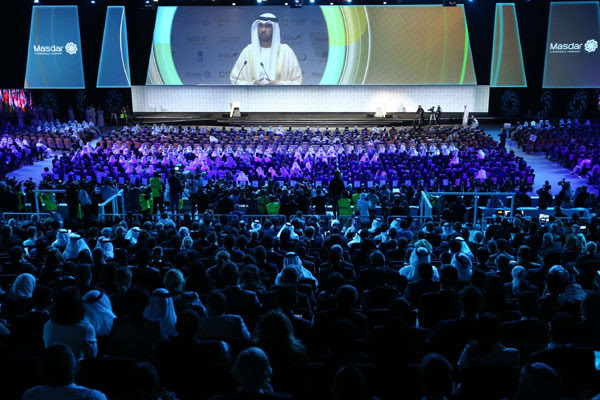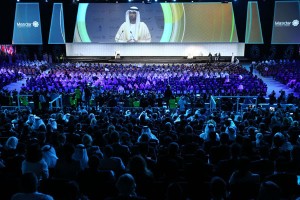Trade Arabia
A high-level official delegation from Morocco will travel to Abu Dhabi to attend the World Future Energy Summit (WFES), to be held from January 16 to 19, as the North African nation moves to generate 100 per cent of its electricity from renewable sources.
As host of the COP22 climate change conference in November, Morocco was one of 48 nations in the Climate Vulnerable Forum to commit to reaching 100 per cent as ‘rapidly as possible’.
Other Mena states to sign the pledge included Lebanon, Palestine, Sudan, Tunisia and Yemen.
In 2009 Morocco set a target of producing 42 per cent of its electricity from renewables by 2020, and has since revised that upwards to 52 per cent by 2030. The nation is well on track to achieving its ambitions, having reached 35 per cent during 2016.
“In 2008 we developed our famous energy policy, which is now brought to fruition through the installation of the largest concentrated solar power (CSP) plant in the world,” said Hakima El Haité, Minister of Energy, Mining, Water and Environment of the Kingdom of Morocco, ahead of the opening of COP22. “In 2011, we wrote sustainable development into the Constitution, and today Morocco has its sustainable development law and its green investment plan.”
First held in 2008 and hosted by Masdar as part of Abu Dhabi Sustainability Week (ADSW), WFES has played an important role in building the market for renewable energy.
The 2017 event is on track to be the biggest ever, expecting 38,000 attendees from 175 countries – three times the number of the first edition – and 880 exhibiting companies from 40 countries. It includes a dedicated Solar Expo, as well as co-located events for water security, waste management, and energy efficiency.
As well as Morocco, the four-day event will host official delegations from major renewables markets including Saudi Arabia, India, Jordan, Egypt and the UAE – countries with more than 200 gigawatts worth of sustainable energy projects in the pipeline.
“Capacity building, combined with meaningful technology transfer, is the backbone of the success of our efforts in the fight against climate change,” said Hakima El Haité. “Together, we will demonstrate that climate change can be transformed from one of mankind’s biggest perils into one of humanity’s most promising and transforming challenges.”
Morocco plans to complete around 2,000 MW of solar energy projects by 2020, including around 400 MW of photovoltaics (PV), and there is also great potential for wind and hydro power. As of 2016, Morocco had around 480 MW of wind generation, with another 300 MW close to completion, and another 150 MW to be awarded. Hydro power is currently the most-used renewable resource, with around 1,700 MW and another 525 MW expected to be completed during 2017 and 2018. Plans include 464 MW of pumped hydro storage – storing the excess energy generated by other renewables and saving it for when output drops – and around 75 MW of micro hydro.
Best known among Morocco’s renewable energy projects is the vast Noor Solar Power Complex on the edge of the Sahara. Noor became the biggest CSP facility in the world when it opened its first stage in February 2016, the 160 MW Noor Ouarzazate I. Noor Ouarzazate II and III will generate 200 MW and 150 MW respectively and are expected to come online during 2018. A series of PV projects begins with Noor Ouarzazate IV, and will include three facilities with a total capacity of 170 MW. – TradeArabia News Service








